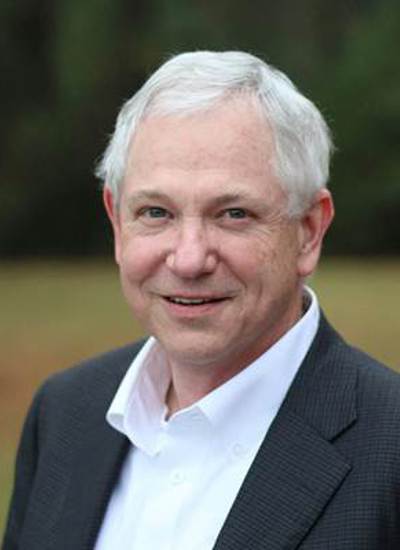- Home >
- Strategic Plan and Focus Areas >
- Sentinel Landscapes in the Southeast
Sentinel Landscapes in the Southeast


About
Population growth, poorly planned development, incompatible land uses, coastal and inland flooding, drought, wildfire, and extreme heat threaten the ability of the military services to carry out their vital testing and training actions in support of the Nation’s warfighters. These same encroachment concerns can dampen or restrict economic and other benefits to the states and communities that share important landscapes with key military installations and other military test and training facilities – landscapes that support the military’s readiness mission but also serve to support conservation, working lands, recreation and other open spaces.
In response to these growing challenges, the U.S. Departments of Defense (DoD), Agriculture (USDA), and the Interior (DOI) established the Sentinel Landscapes Partnership to strengthen military readiness, conserve natural resources, bolster agricultural and forestry economies, increase public access to outdoor recreation, and enhance landscape resilience.
The SERPPAS Sentinel Landscapes Work Group connects designated Sentinel Landscapes in the Southeast to address shared challenges, share lessons learned, and advance the Sentinel Landscapes Partnership’s mission in the Southeast. The Work Group disseminates information to emerging partnerships in the Southeast pursuing designation and serves as a regional coordinating body among currently designated and future Sentinel Landscapes.
Sentinel Landscapes benefit the military mission and the other partner missions by connecting with private landowners and promoting compatible land use near military installations; strengthening the economies of forests and farms surrounding military bases; protecting large, connected natural areas; improving coordination between the military services, local governments, and state and federal agencies; and encouraging state interests and prioritization of resources supporting military installations, participating landowners, and surrounding communities.
Strategic Objectives
- Coordinate with the Office of Local Defense Community Cooperation (OLDCC) on the status of ongoing and future Compatible Land Use Planning efforts in the Southeast and share relevant information with SERPPAS work groups and Steering Committee.
- Focus on exploring and promoting innovative ways to increase the number and type of compatible land use tools to encourage increased landowner participation to conserve working lands and promote installation resilience where appropriate.
- Leverage the ‘Power of SERPPAS’ to attract both financial and non-financial support to increase awareness and capacity for the implementation of Sentinel Landscapes designated in the region.
- Expand coordination and collaboration between all SERPPAS work groups to better integrate actions that complement and support the Sentinel Landscapes Partnership goal of addressing shared encroachment challenges and negative impacts affecting the military mission, conservation, and working lands.
- Assist Sentinel Landscapes in the Southeast to assess their encroachment and hazard exposures and vulnerabilities and integrate resilience planning and adaptation into their landscape implementation plans as a means to support the resilience of military installations and the broader military readiness mission.
- Use the SERPPAS network to share information, resources, and lessons learned of the Sentinel Landscapes Partnership to demonstrate the value and purpose of these partnerships in supporting national defense and the military's test and training mission and communicate the benefits to military installation leadership and other key SERPPAS partners.
Work Group Lead

Bruce Beard
Associate Director of PolicyTexas A&M Natural Resources Institute
bruce.beard@ag.tamu.edu
Bruce Beard was the Texas A&M Natural Resources Institute’s Associate Director for Policy and led NRI’s Military Land Sustainability Program. Bruce brings more than 30 years of federal land management and natural resource policy experience to NRI and is a nationally recognized advocate for Sentinel Landscapes.
Bruce served within the Executive Office of the President at the Office of Management and Budget in three Administrations, where he was a principal advisor on federal land management and natural resource policy issues. He was the OMB Branch Chief for the Interior Branch responsible for coordination of budget, legislation and regulatory issues affecting the Department of the Interior. At the Department of Defense, he was instrumental in establishing the Readiness and Environmental Protection Integration (REPI) Program, which he directed, and helped to initiate the Sentinel Landscapes Partnership between the Departments of Agriculture, Defense and the Interior.
Bruce earned his Bachelor of Science in wildlife and fisheries from Texas A&M University, and a Master of Public Affairs in environmental policy from Indiana University’s School of Public and Environmental Affairs. He received the 2011 Outstanding Alumni Award from the College of Agriculture and Life Sciences at Texas A&M and the 2012 Secretary of Defense Medal for Meritorious Civilian Service at the Department of Defense.








